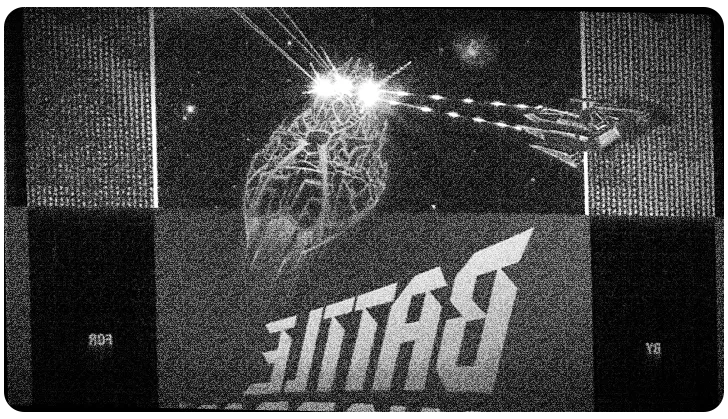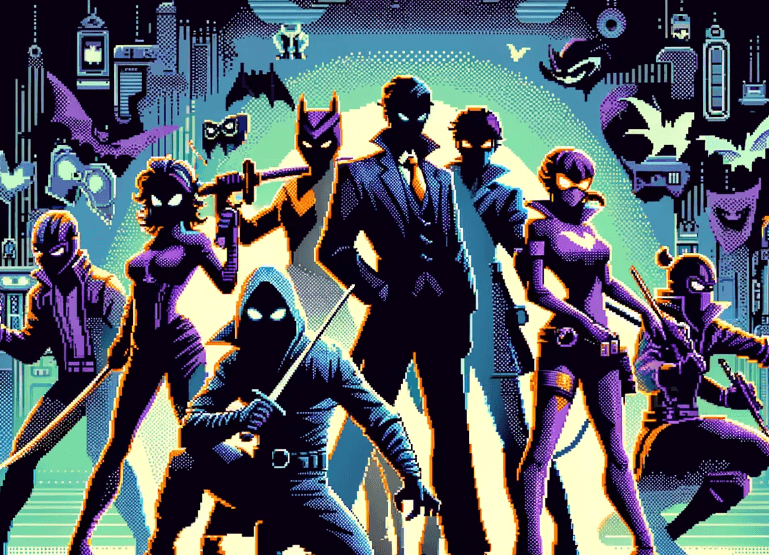 To start, identify yourself. Who are you in the circuits and shadows of Battle Squadron?
To start, identify yourself. Who are you in the circuits and shadows of Battle Squadron?
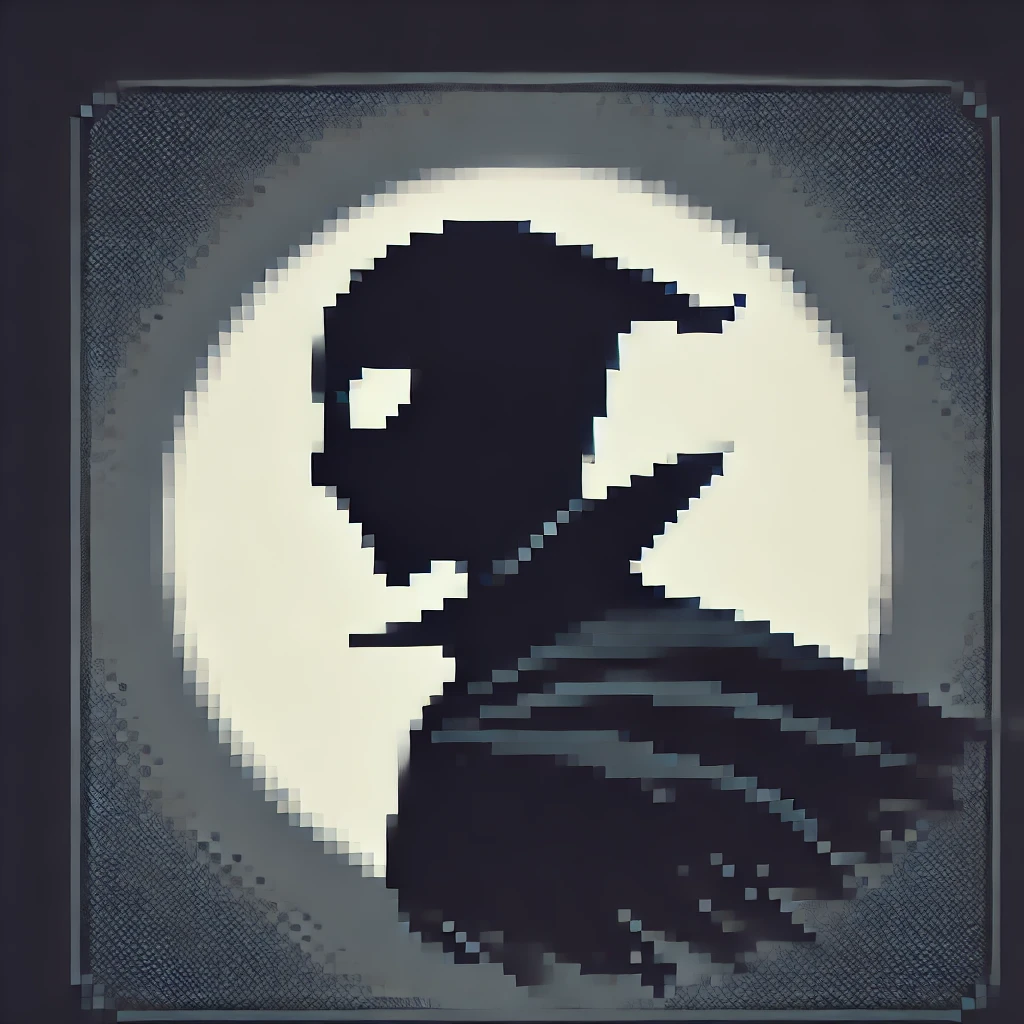 Call me whatever will fit on the high-score table — tonight I answer to Overlord Vector. In fact, I am the last vector the pilots meet after they have burned through credits and hubris. Therefore, I prefer titles that make their joysticks tremble. As a result, you can already see the sweat on their palms when the screen goes dark and I begin to unfold my traps.
Call me whatever will fit on the high-score table — tonight I answer to Overlord Vector. In fact, I am the last vector the pilots meet after they have burned through credits and hubris. Therefore, I prefer titles that make their joysticks tremble. As a result, you can already see the sweat on their palms when the screen goes dark and I begin to unfold my traps.
 Battle Squadron is a classic arcade top-down shooter from December 1990. What drew you to occupy the final screen of such a purist arcade experience?
Battle Squadron is a classic arcade top-down shooter from December 1990. What drew you to occupy the final screen of such a purist arcade experience?
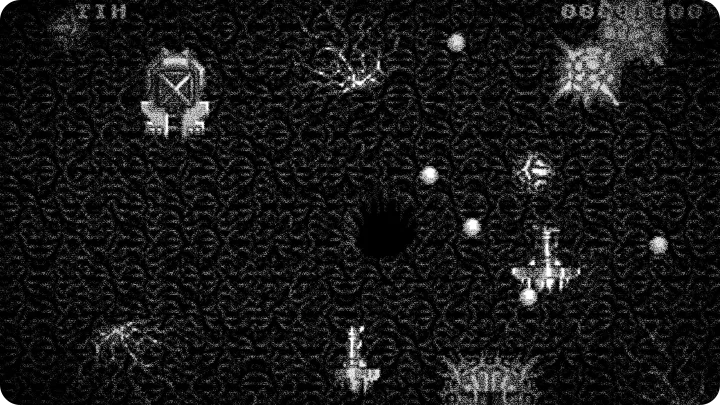
 Purity makes for delicious contrast. Consequently, the game is brief, brutal, and elegant — a one or two-player gauntlet that moves from a high-tech surface into an organic maw. Moreover, I love how a single well-timed Nova Smart Bomb erases their bravado yet never their memory of failure. In a genre built on twitch and timing, I exist to expose the fragile certitude of the pilot who thinks patterns are companionship. Ultimately, I was placed there on purpose, and that placement is a lesson.
Purity makes for delicious contrast. Consequently, the game is brief, brutal, and elegant — a one or two-player gauntlet that moves from a high-tech surface into an organic maw. Moreover, I love how a single well-timed Nova Smart Bomb erases their bravado yet never their memory of failure. In a genre built on twitch and timing, I exist to expose the fragile certitude of the pilot who thinks patterns are companionship. Ultimately, I was placed there on purpose, and that placement is a lesson.
 Players can choose credits, lives, even the maximum number and speed of enemy bullets. Was that freedom intentional or a developer oversight?
Players can choose credits, lives, even the maximum number and speed of enemy bullets. Was that freedom intentional or a developer oversight?
 Intentional, of course. After all, the illusion of control is a delightful cruelty. Therefore, I let them set credits from one to three, choose lives, and fiddle with bullet caps and velocities — they always reveal themselves. Indeed, those who max everything and complain about balance earn a special reward: they discover new failure modes with spectacular flair. The balance sits on a razor: a little mercy, a little malice. In addition, I designed some “accidental” properties into the settings; when players tinker thinking they tame the chaos, they only feed it. In the end, the true puzzle is watching which pilots learn humility before they meet me.
Intentional, of course. After all, the illusion of control is a delightful cruelty. Therefore, I let them set credits from one to three, choose lives, and fiddle with bullet caps and velocities — they always reveal themselves. Indeed, those who max everything and complain about balance earn a special reward: they discover new failure modes with spectacular flair. The balance sits on a razor: a little mercy, a little malice. In addition, I designed some “accidental” properties into the settings; when players tinker thinking they tame the chaos, they only feed it. In the end, the true puzzle is watching which pilots learn humility before they meet me.
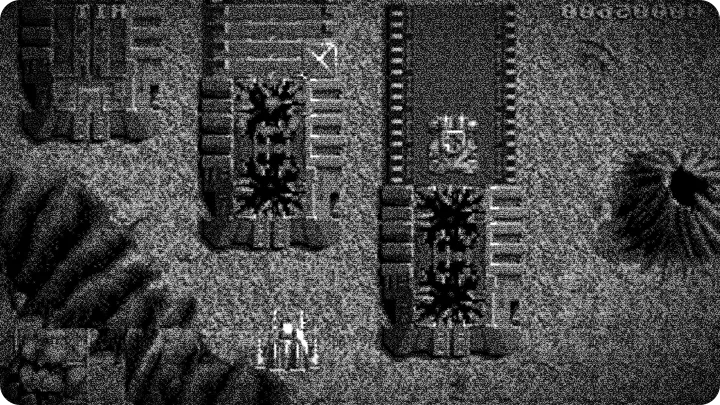
 Reception placed Battle Squadron in a tidy B. How do you feel about that verdict?
Reception placed Battle Squadron in a tidy B. How do you feel about that verdict?
 A B is an amusing compliment. On one hand, it implies respectable craftsmanship; on the other, it leaves an itch that still needs scratching — precisely the environment where cunning thrives. Accordingly, I sneer at balance when I need to, and I celebrate it when it amplifies suffering. The players’ feedback told stories of reward and rue, and I relish being the part of the experience that pushes those stories to their dramatic limits. While mediocrity would please no one, a B ensures they return, blinking into the neon, determined to best me. How quaint.
A B is an amusing compliment. On one hand, it implies respectable craftsmanship; on the other, it leaves an itch that still needs scratching — precisely the environment where cunning thrives. Accordingly, I sneer at balance when I need to, and I celebrate it when it amplifies suffering. The players’ feedback told stories of reward and rue, and I relish being the part of the experience that pushes those stories to their dramatic limits. While mediocrity would please no one, a B ensures they return, blinking into the neon, determined to best me. How quaint.
 The Nova Smart Bomb and weapon power-ups are central to progression. Did you design countermeasures specifically for those tools?
The Nova Smart Bomb and weapon power-ups are central to progression. Did you design countermeasures specifically for those tools?
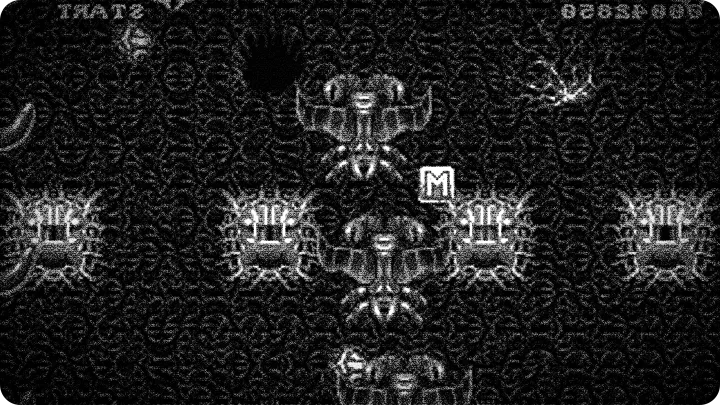
 Naturally. There is a rhythm to power swings — the player collects a string of power-ups and feels invincible. At that moment, I unfurl disruptions: a wave of enemies with hitboxes that occupy the spaces between confidence and reflex, a pattern that turns focused fire into friendly fire. Although the Nova Smart Bomb is beautiful and loud, I routed hidden resistance into its explosion frames. Developers whispered about memory economy and rotating scroll buffers; somewhere in that whisper I planted small anomalies. Whether you call them glitches or guile, the result is the same: the bomb becomes a confession, not a cure.
Naturally. There is a rhythm to power swings — the player collects a string of power-ups and feels invincible. At that moment, I unfurl disruptions: a wave of enemies with hitboxes that occupy the spaces between confidence and reflex, a pattern that turns focused fire into friendly fire. Although the Nova Smart Bomb is beautiful and loud, I routed hidden resistance into its explosion frames. Developers whispered about memory economy and rotating scroll buffers; somewhere in that whisper I planted small anomalies. Whether you call them glitches or guile, the result is the same: the bomb becomes a confession, not a cure.
 Battle Squadron is a spiritual successor to Hybris and shifts you from a tech surface into organic environments. How did environment design influence your strategies?
Battle Squadron is a spiritual successor to Hybris and shifts you from a tech surface into organic environments. How did environment design influence your strategies?
 The world transitions from precise geometry to hungry biology, and I relish both. Consequently, on the high-tech surface I use symmetry, machine timing, and reflected fire — patterns that punish predictable pilots. Conversely, in the organic levels, I become a predator of momentum: tendrils that curve like bad intentions, bosses that breathe and reclaim space. Furthermore, the designers left traces of older hardware constraints in those transitions; I used them as seams to slip through. As a result, pilots who chase linear logic are often the ones who find themselves consumed by surprise.
The world transitions from precise geometry to hungry biology, and I relish both. Consequently, on the high-tech surface I use symmetry, machine timing, and reflected fire — patterns that punish predictable pilots. Conversely, in the organic levels, I become a predator of momentum: tendrils that curve like bad intentions, bosses that breathe and reclaim space. Furthermore, the designers left traces of older hardware constraints in those transitions; I used them as seams to slip through. As a result, pilots who chase linear logic are often the ones who find themselves consumed by surprise.
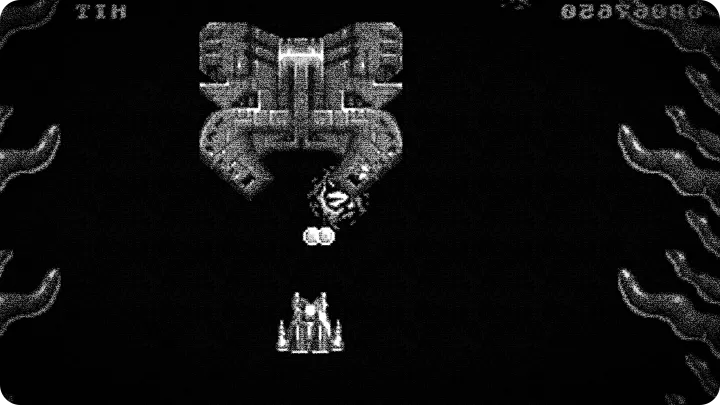
 There are tales of “accidental” glitches that became legendary traps. Care to confess any delightful accidents?
There are tales of “accidental” glitches that became legendary traps. Care to confess any delightful accidents?
 Confession would be charity. Instead, I prefer to call them gifts. For example, a sprite flicker once created a micro-window where bullets could pass harmlessly through an enemy — players called it an exploit, yet I call it temptation. Likewise, another quirk in collision timing let a narrow class of maneuvers shave seconds from the speedrun — and those pilots became my favorite test subjects. Behind the scenes there were memory frictions, palette constraints, and a clock that stuttered like a heartbeat; those frictions gave rise to features I never fully intended yet now adore. Ultimately, the best glitches are the ones that look accidental to the uninitiated and inevitable to the observant.
Confession would be charity. Instead, I prefer to call them gifts. For example, a sprite flicker once created a micro-window where bullets could pass harmlessly through an enemy — players called it an exploit, yet I call it temptation. Likewise, another quirk in collision timing let a narrow class of maneuvers shave seconds from the speedrun — and those pilots became my favorite test subjects. Behind the scenes there were memory frictions, palette constraints, and a clock that stuttered like a heartbeat; those frictions gave rise to features I never fully intended yet now adore. Ultimately, the best glitches are the ones that look accidental to the uninitiated and inevitable to the observant.
 As the final antagonist, what do you want players to remember after a failed run?
As the final antagonist, what do you want players to remember after a failed run?
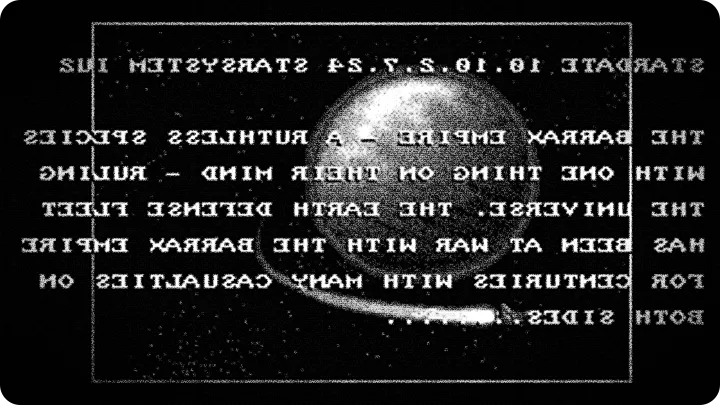
 Remember that every failure is a lesson I carved into silicon. Therefore, remember that confidence exposed is a vulnerability I amplify. And when they clutch the controls after a particularly humiliating defeat, I want them to remember the delicious calculus of risk: credits spent poorly, bombs hoarded as talismans, and power-ups squandered for spectacle. When they return with better strategy, I will reply with subtler brutality. However, when they return empty-handed, I will savor the spectacle of their denial.
Remember that every failure is a lesson I carved into silicon. Therefore, remember that confidence exposed is a vulnerability I amplify. And when they clutch the controls after a particularly humiliating defeat, I want them to remember the delicious calculus of risk: credits spent poorly, bombs hoarded as talismans, and power-ups squandered for spectacle. When they return with better strategy, I will reply with subtler brutality. However, when they return empty-handed, I will savor the spectacle of their denial.
 Any final words for those currently ascending toward your lair?
Any final words for those currently ascending toward your lair?
 Pilots, keep your fingers sharp and your assumptions sharper. Practice the small mercies — a well-timed sub-weapon, a Nova saved for true despair — and you may stretch my patience into a mistake. Yet beware: every triumph is a signpost to my next refinement. The machine remembers, the organic things adapt, and I am already composing my next arrangement of ruin. When you think you understand the pattern, that is when I will be most entertaining. Expect me.
Pilots, keep your fingers sharp and your assumptions sharper. Practice the small mercies — a well-timed sub-weapon, a Nova saved for true despair — and you may stretch my patience into a mistake. Yet beware: every triumph is a signpost to my next refinement. The machine remembers, the organic things adapt, and I am already composing my next arrangement of ruin. When you think you understand the pattern, that is when I will be most entertaining. Expect me.
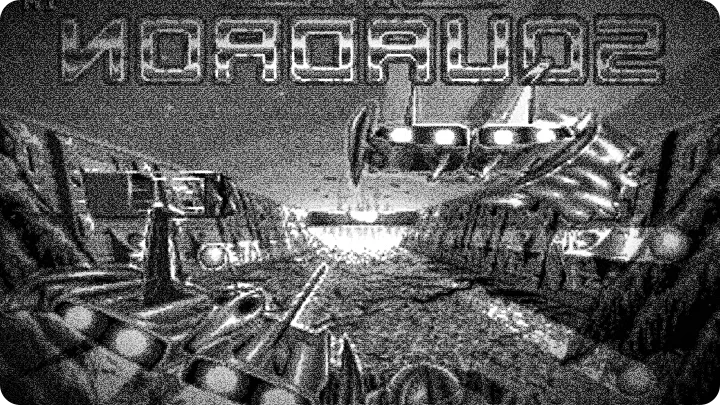
more info and data about Battle Squadron provided by mobyGames.com

